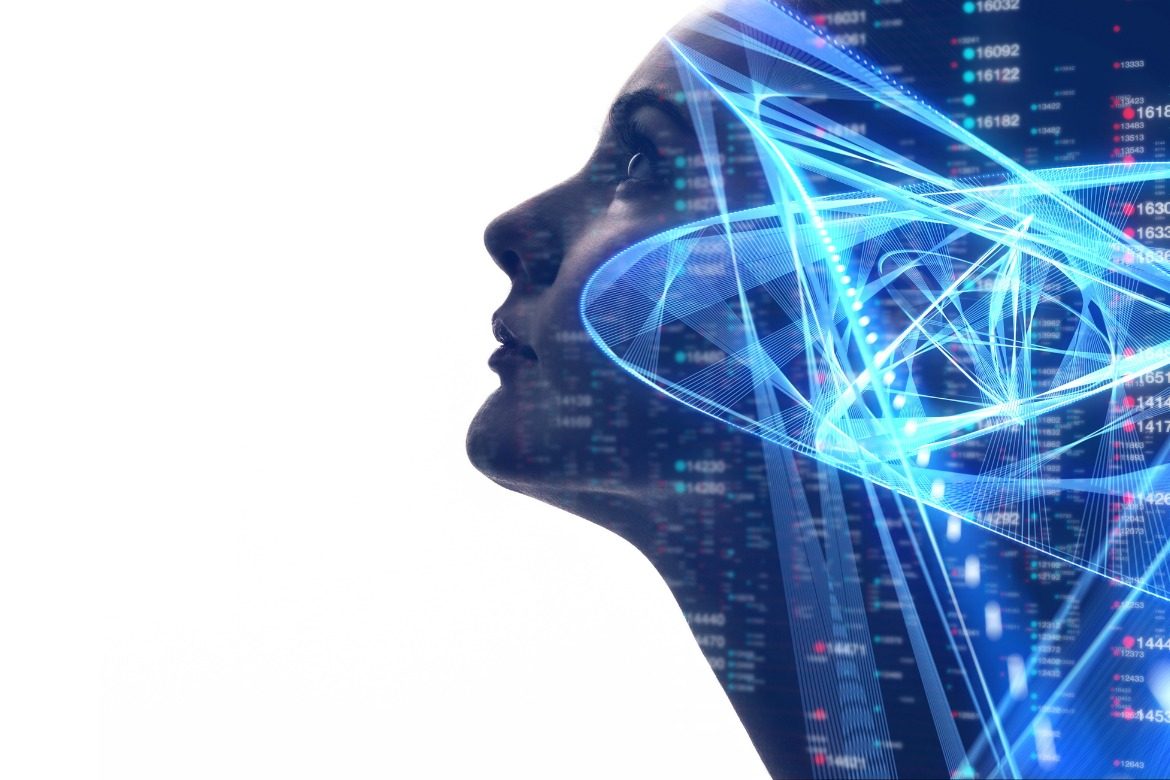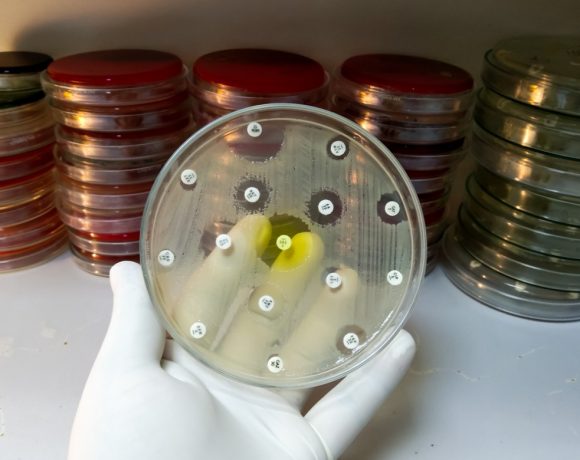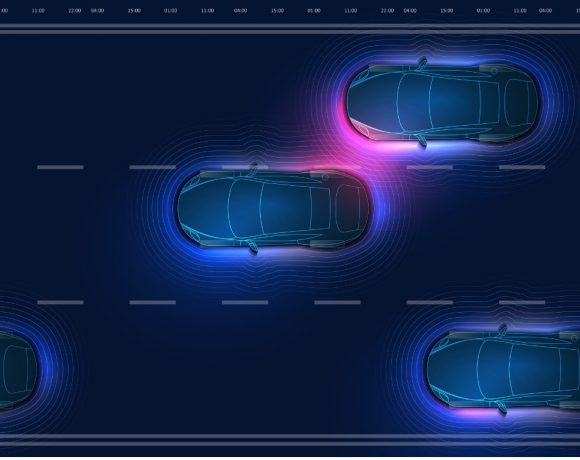- Dr. Cortese’ research results could provide a new starting point for future investigations into unconscious learning and functions of metacognition, the awareness or understanding of our own thought process.
- Dr. Cortese and colleagues used decoded neurofeedback approach to train participants to forego fears by reconditioning their brains. The first study – a proof-of-principle experiment – demonstrated that the human brain can be “reprogrammed,” as such that a fearful memory can become benign.
Have you ever felt the sun on your skin on a warm spring afternoon, or smelled flowers in a grass field? – probably, yes. Did it make you wonder why you have such sensations? –maybe not. But for Dr. Aurelio Cortese, that was the childhood question that put him on his journey to understand the inner working of our brains.
Fast forward a decade or so – in December 2011, during his Master’s studies at the Swiss Federal Institute of Technology Lausanne (EPFL), an article caught Dr. Cortese’s eyes. Published in Science magazine, it explained how a team from the Advanced Telecommunications Research Institute (ATR) in Kyoto, Japan found a way to literally induce learning by changing the activity of a localized brain region.
This Decoded Functional Magnetic Resonance Imaging (fMRI) Neurofeedback (decoded neurofeedback) method was revolutionary at the time, because until then the only way to achieve such precise manipulations of neural activity was by using invasive approaches (inserting electrodes in the brain…). It opened innumerable possibilities – both in basic neuroscience to unravel core mechanisms of brain function, as well as applied methods in rehabilitation, to treat psychiatric disorders, or augment mental functions.
Attracted to this finding, the young Swiss-Italian upon graduation from EPFL made his way to Japan, secured a scholarship from the Japanese government, and began his PhD studies with the ATR group. Fast forward another decade or actually even less, Dr. Cortese is now Chief Researcher in the Computational Neuroscience Laboratories at ATR, pushing the global frontiers of neuroscience combined with artificial intelligence (AI).
Training the brain to be more confident with neuroimaging and AI
So what exactly does he do?
One of his series of studies shows that people can be trained to be more confident without knowing it. In the first study, examinees were initially told to watch a cloud of dots moving rather ambiguously on a screen. Then they were asked in which direction they thought the cloud moved. Once the examinees replied right or left, they were asked how confident they were with their answers. This continued for about an hour. All the while, their brain activity was being measured with an MR scanner. The data was fed into a machine learning algorithm which eventually identified patterns in the brain activity that most likely represents confidence.
A few weeks later, the examinees were asked to come back and play another game. This time, they were shown a circle on the screen and were told to try and make it larger with the power of their minds. The bigger they can make the circle shape, the more reward they would get. As the examinees focused their thoughts on making the round shape bigger, their brain activities were being measured, but this time not only to collect data. Behind the scene, when the brain displayed patterns of activity identified by the AI as representing confidence, the size of the round shape that the examinees were seeing, was increased. The examinees played for rewards repeatedly over two days.
When the examinees again played the first game of judging the motion of the cloud of dots, most were more confident about their replies. This implies that through the experience with the game of making the round shape bigger, the brain associated a certain activity, higher confidence in this case, with success, or rewards. The study showed that the same result could be achieved in lowering the confidence, by rewarding the examinees when they showed less certainty.
This means that the brain could be conditioned to become more (or less) confident, without the person being aware of the fact. Which in turn shows that confidence is not only associated with our conscious mind but it is more likely to be brewing also in the subconscious self. Perhaps this is why we all sometimes have this gut feeling, where you’re absolutely sure that something is going to work, but you don’t know why.
A second similar experiment in the series advanced the finding that people can use these confidence signals to make better decisions according to their subconscious mind. In the latter experiment, the participants had to bet on one of two options. The correct option was determined based on the content of their subconscious, as measured by the AI. The more confident people were about their minds’ subconscious content, the better they could learn to use this information to make correct bets. Further, those who showed higher metacognitive insight (i.e., who were better at introspecting) learned faster.
These processes may sound somewhat simple, but there are complex technologies and know-hows behind these experiments. Most significant is the continuous real-time analyses and feedback that include capturing the brain’s activity as an image, analyzing the image data with machine learning algorithms as the data comes in, providing feedback to the examinee, and capturing the brains’ activity again for more rounds of analyses and feedbacks.
This real-time, interactive feature that can change the brain activities is what makes the work of team Cortese unique, in comparison to the many other research projects that also combine neuroimaging and machine learning, but with a more ex post facto approach, where the imaging and processing of the data are done offline, as opposed to a consecutive loop.
The research results above could provide a new starting point for future investigations into unconscious learning and functions of metacognition, the awareness or understanding of our own thought process.
Reducing fear, teaching AI, and improving our brain functions
In addition to such basic neuroscience research that aims to reveal the core mechanisms of the brain, Dr. Cortese also studies how these approaches could potentially be applied to treat psychiatric disorders. For example, if the confidence level of someone with obsessive-compulsive disorder can be raised, the person may be relieved from the uncertainty of whether the doors are locked and would not have to check on the door again and again.
In two studies, Dr. Cortese and colleagues used the same approach as the above (decoded neurofeedback) to train participants to forego fears by reconditioning their brains. The first study – a proof-of-principle experiment – demonstrated that the human brain could be “reprogrammed” as such that a fearful memory (i.e., a simple image paired with an electric shock) can become benign. The second study replicated the finding that fear could be reduced without evoking fear, even for real-world objects or animals. Such an unconscious method could help people overcome anxiety disorders without making them go through aversive exposure treatment, often resulting in premature termination of treatment.
The team used the measurements that detected fear to develop in parallel a fast and accurate method of reading the participants’ fear memory using AI algorithms. This enabled the researchers to detect when the examinee’s brain fleetingly represented information related to the specific fear memory. So the former could reward the latter when such brain activity appeared, even if briefly. The researchers could also tell when the activity was closer to the original fear memory, giving bigger rewards, i.e., a more positive experience to associate with the stronger memory. After being repeatedly rewarded, the participants’ fear was alleviated. The beauty of decoded neurofeedback that allows real-time training!
Dr. Cortese is increasing his collaboration with medical doctors. A new study resulting from such teamwork will be published on how COVID-19, not only as a disease but also as an overall circumstance of society, affects mental well-being. They conducted online questionnaires that asked about anxieties, symptoms of depression, or addiction (such as alcohol or the internet) and obtained a large set of data. Together they have found the importance of implementing different policies targeting specific groups of the population in a timely manner to address the psychiatric challenges.
“These data potentially have big implications for society, especially in terms of policymaking,” said Dr. Cortese, whose expertise contributes to ensuring the state-of-the-art in terms of analytical and mathematical modeling techniques.
Other illnesses that he is tackling include post-traumatic stress disorder (PTSD) and depression, which are unfortunately becoming more and more common in our society.
Dr. Cortese continues to expand his horizon. He started with his interest in the biological brain alone. Now he also works on how cognitive models of the biological brain could be used in AI architectures. The abovementioned experiments inversely help improve the learning process of AI by adding data on the decision-making functions of humans to the machine learning process. He is increasingly developing more computational models of learning, simple algorithms that can explain the underlying patterns of how humans learn.
More recently, he started to work, together with Prof. Dr. Yuji Ikegaya, Graduate School of Pharmaceutical Science, the University of Tokyo, on how to merge brain science and artificial intelligence to improve the recovery of brain function, e.g., memory, or optimize the learning with the help of AI. In a joint project, they are testing how biological neural circuits learn to self-assemble to control the state of their own environment. There will be more to come from the Swiss now in Japan whose ultimate goal is “to use knowledge from neuroscience in a way that can be useful for society, for people in daily life.”






NO COMMENT